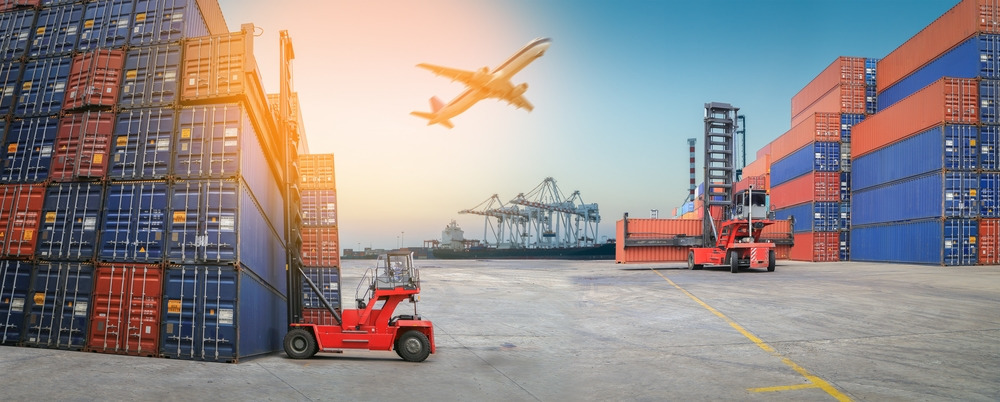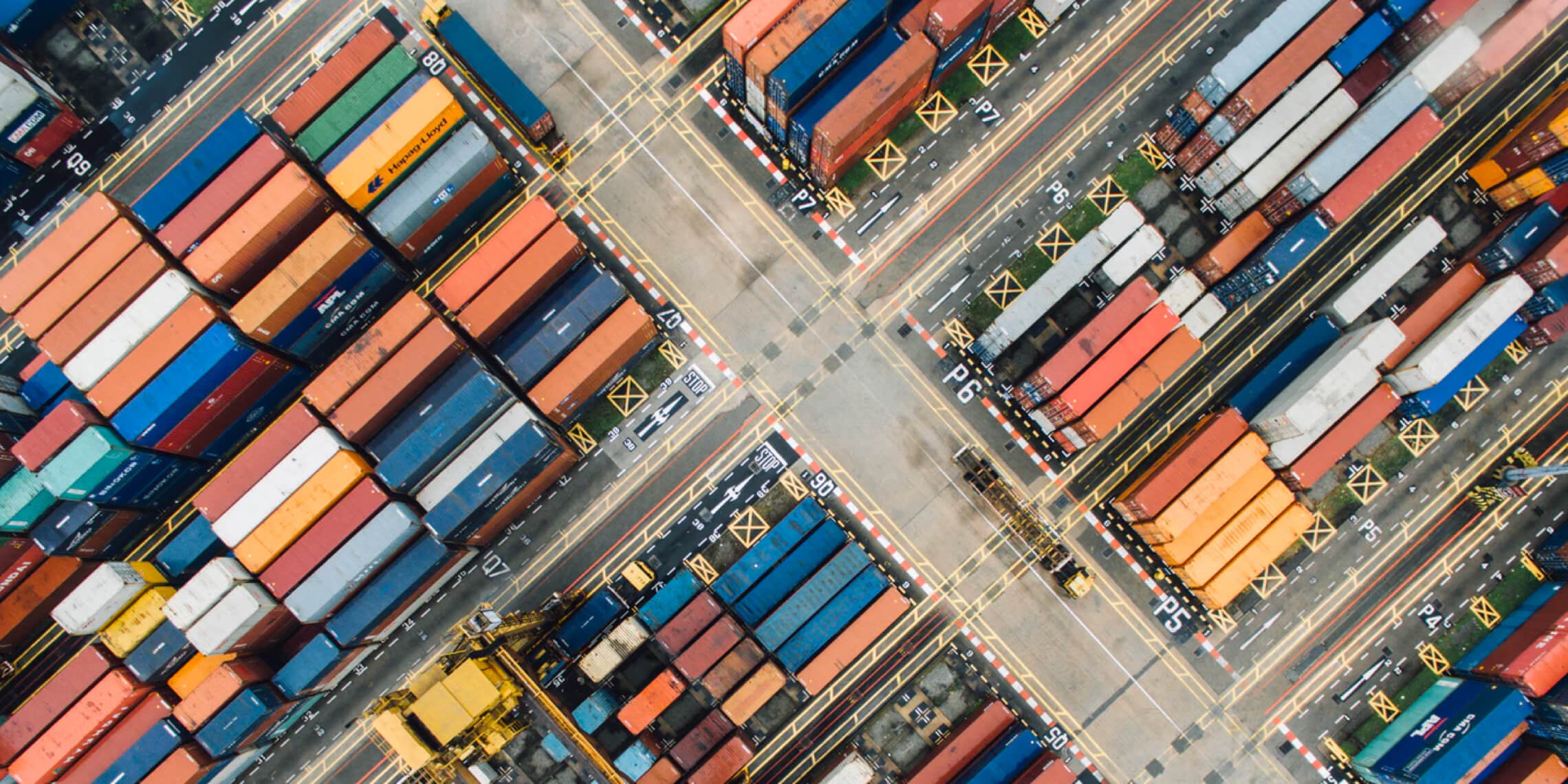Geodesign #6: We have identified eight key defining moments as an introduction to this emerging design movement—from trading silk to silicone.
The Silk Road is the most famous ancient trade route in the world. It stretched all the way from China to the Roman Empire linking numerous trading centers along the way where merchants traded silk, spices, wool, silver and gold. Next to fostering the global trade of goods, the Silk Road also became a virtual route for the spread of religion, arts, knowledge and technology. Several centuries later, our contemporary economic system does not just trade along a single road, but encompasses a planetary network that has become an uncontrollable wild technological system in itself. It has become a complex interconnected web of institutions, physical and logistic infrastructure, guided by a global algorithm that no one really understands. It has built the physical and financial flows of goods and services determined by the interaction of demand and supply in the landscape and atmosphere we inhabit. Our financial system has become a wild ecology built on top of the biosphere that it feeds off.
The global village
Whilst our trade activities were once centralized to several local market places, our current economic activities are practiced at the international marketplace that encompasses the entire planet. According to economic journalist Thomas Friedmann, our world is now “tied together as a single globalized marketplace”. We live in a global village connected through a complex network of suppliers and consumers navigated by big corporations such as Alibaba.
We live in a global village connected through a complex network of suppliers and consumers navigated by big corporations such as Alibaba.
Inspired by a son of an ancient merchant in the middle east and protagonist of one of the most famous fairy tales in 1001 night, the Alibaba corporation has established itself a symbol of the complex international market system. The Alibaba group is the Oriental version of Amazon, Ebay, Paypal and Uber Eats - all combined in one. It is the largest corporation in China which offers a variety of e-commerce services. It started out twenty years ago as a Business-to-Business retail company where manufacturers and retailers could cooperate to build a global economy. Now it includes the most important Business to customer and customer e-commerce services in China whilst striving innovation in e-commerce and the global market system. The goods and resources that are captured in Alibaba’s network are subtracted from the depth of land and transported all across the world via truck, ship or plane within fraction of the time it once took to travel from China to Rome along the Silk Road.

With a simple click on the Alibaba website, we can order a new toy or mobile device. A chain of reaction is set into motion. Within days your new iPhone - built from lithium from Argentina and polythene from the Middle East, assembled in China and designed in America - arrives straight to your doorstep. Along the extensive supply chain of a single product or service, it becomes painfully visible how our current market practices have (un)intentionally designed almost every layer of our Earth’s system.
Along the extensive supply chain of a single product or service, it becomes painfully visible how our current market practices have (un)intentionally designed almost every layer of our Earth’s system
The market: a new biological force
Whilst we were once homo sapiens, the market has transformed our species into homo economicus: rational-thinking, profit-oriented individuals that want to maximus their own utility. Although we have always been shaping the globe to meet our needs and desires, in our current economic wild systems, geodesign is determined by the interaction of demand and supply. It is an uncontrollable system that reinforces our consumer driven lives, and fed by the supply - in other words our natural resources. The biosphere is therefore commodified and valued according to how much palm oil, fossil fuels and other ecosystem services it provides.
Over the past two hundred years, our economy has become an ecology – an unpredictable and unstable wild system of corporations, infrastructures, practices, policies, and many other elements that are designing our geo.
Over the past two hundred years, our economy has become an ecology – an unpredictable and unstable wild system of corporations, infrastructures, practices, policies, and many other elements that are designing our geo. As the economic sphere is outgrowing the environmental sphere, the impact on environmental resources is becoming painfully visible. The economy is a ruling biological law that largely neglects the environment. But the economy cannot exist without the environmental ecology. But for now, it is hard to say what is more devastating: A financial crash or a roaring hurricane?
There have been some attempts to account for the cultural value and intrinsic value of the biosphere. Yet, land grabbing and exploitation continue to reinforce the divide between rich and poor. In this system, even a virus/global pandemic results in a billion dollar surge of wealth for billionaires, while driving marginalized communities to poverty. What we need is a business model that allows us to account for social justice issues and account for the value of the biosphere to design the planet in favour of all.

bwknagllcj
Muchas gracias. ?Como puedo iniciar sesion?
Muchas gracias. ?Como puedo iniciar sesion?
Posted on